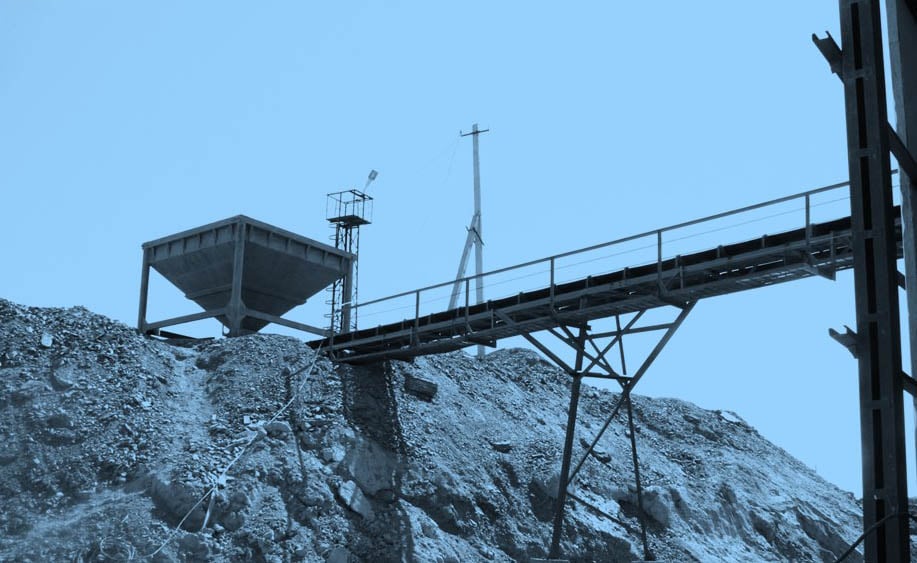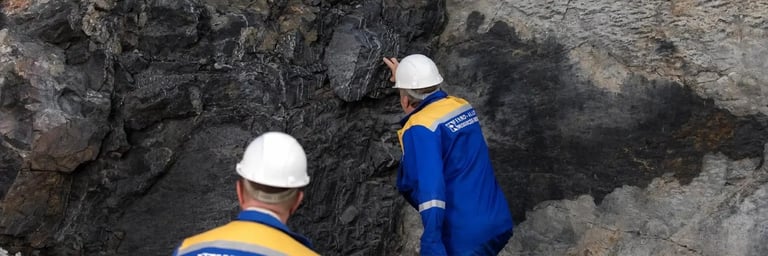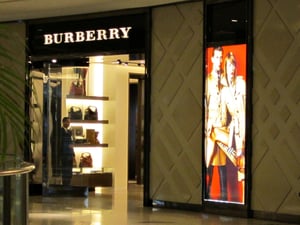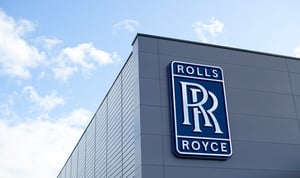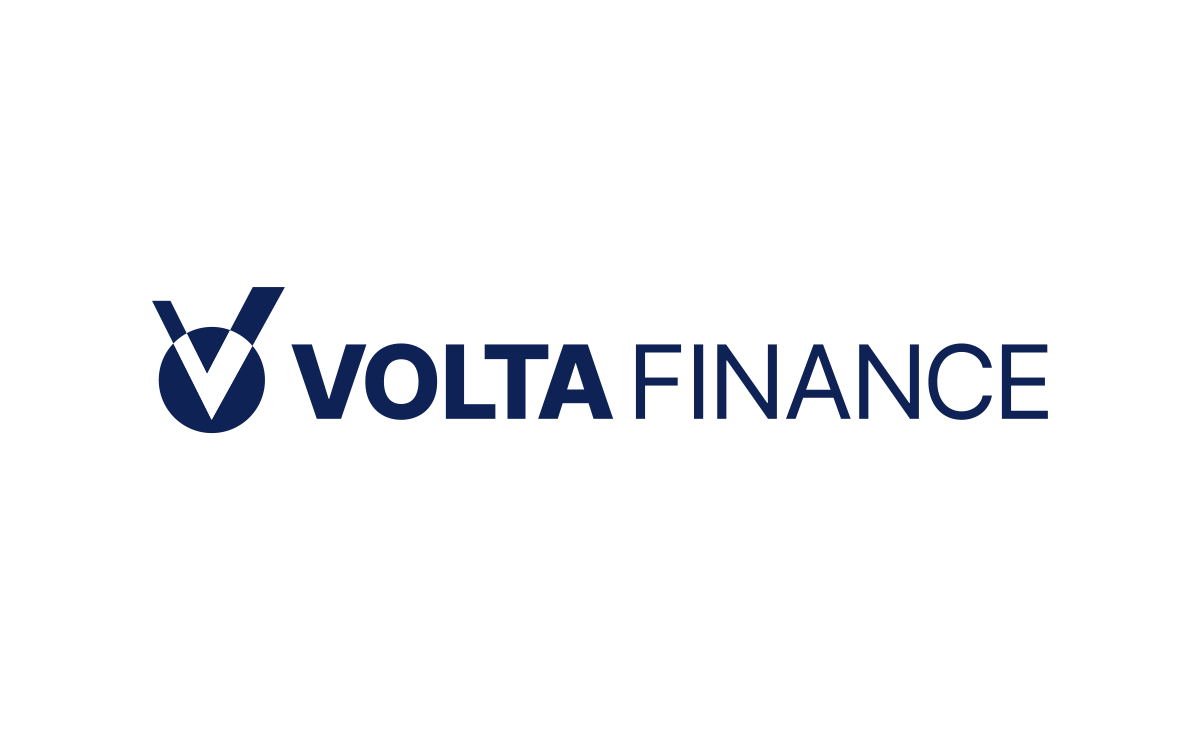Ferro-Alloy Resources plc (LON:FAR) Chief Executive Officer Nick Bridgen caught up with DirectorsTalk for an exclusive interview to discuss what the company does, carbon black substitute, advantages compared to standard carbon black, positioning in the wider market, and the group’s next focuses.
Q1: Nick, for the benefit of those who don’t know the history, can you provide us with a brief overview of Ferro-Alloy Resources?
A1: Our main reason for being is as a Vanadium producer, developing a very large vanadium deposit in Kazakhstan. It is very large, there’s seven ore bodies that we know about, probably a lot more that we don’t yet know about. Just the first of them is the one we’re focusing on now, that’s the one we’ve explored, and that supports what we call phase one of the project, the feasibility study.
Just to remind everybody, this is a non-standard deposit. It has significant advantages compared with other projects. Most Vanadium comes from vanadiferous magnetite and producing Vanadium from that is very expensive because it needs concentrating and then roasting at quite high temperatures. This involves high capital costs for concentrators and roasters, as well as high operating costs of the energy required to roast the material.
We don’t have any of that. We recover Vanadium very cheaply through direct acid leaching, which results in much lower capital and operating costs. As a Vanadium project, we expect to be the world’s lowest-cost primary producer, though we haven’t got the numbers to prove it yet.
We’ve also got good by-products, including carbon, molybdenum, and uranium, which further reduce our cash operating costs compared with other projects.
So, it’s a very good vanadium project. While we haven’t updated the study numbers yet, a competent person’s report from a few years ago said we had about a $2 billion NPV based on phases one and two together. So, it’s huge project, a huge deposit, and very exciting characteristics.
Q2: More recently, aside from the vanadium project, a lot of attention has been on your carbon black substitute product following the release of a marketing study. Could you just give us some insight into the CBS product and what the study outlined?
A2: Yes, that’s the most exciting development recently. Although we’ve been working on it for a very long time, but the results have just started to come through and we’ve recently announced the marketing study, as you say.
First of all, let me explain what carbon black is because not everybody knows it, although it’s all around us.
It’s what makes rubber black, its why tyres are black, and rubber hoses are black. Typically, to make rubber, you cook up latex, carbon black, silica, and maybe some other additives and then you mold to make rubber products.
It’s a huge high-value market, carbon black sells 1,800 per tonne and upwards, depending on the grade, and worldwide, it’s a €20 to $30 billion market, it is huge, as you would expect because tyres accounts for about 70% of worldwide carbon black usage.
Roughly 9% of our ore is made of carbon and when we looked closely at it, we found it was physically and chemically the same as carbon black, but it’s wrapped up with silica. So, we found that if you concentrated it, we can concentrate it very easily with good recovery to about 40% carbon and mill it to quite a fine powder as carbon black is, it can then be used the same way as carbon black in making rubber.
Now, we commissioned Smithers, who are an internationally reputable firm of consultants, with rubber expertise, to do two studies, a technical study and marketing study. The technical study showed that replacing different proportions of our material for, or the other way around, the performance of the rubber at certain levels up to 10%, certainly, and for other purposes beyond, there’s no diminishing in the performance of rubber, which proves that our material can be used in place of carbon black as what’s called a reinforcing filler.
That’s that that’s important news, that’s what gives it its value.
The marketing report took that technical report and took the technical spec of our material, the performance of our material on their technical evaluation, and compared it with other similar reinforcing fillers used in the rubber industry to assess its price point. They assessed a value of about $500 a tonne in the tyre market, or up to $600 a tonne in the non-tyre market. Now, that’s a big cost saving to the rubber manufacturers, but it’s huge for us because we will produce about 220,000 tonnes a year of this material. $220,000 times $500 is $110 million of revenue. So that’s a co product, it’s not a byproduct.
It’s very exciting news, very little cost of production and a very big effect on the value of our project.
Q3: What are the advantages of your CBS product in comparison to standard carbon black?
A3: Well, there are two big reasons for rubber manufacturers to switch. One is cost, of course, because our material will be sold for around $500 a tonne, compared with, as I said, $1,800 for the usual grade of carbon black. But much more importantly, it has a much better environmental effect.
Carbon black is normally made by burning hydrocarbons, that’s oil or gas, in a depleted oxygen atmosphere and most of the carbon input to that process goes up the stack as CO2 and only about 40% is recovered as product. That means that the carbon, the CO2 emissions of making a tonne of carbon black are anywhere between two and five tonnes of CO2 and so making tyres is a big contributor to the world’s CO2 problem.
Now our material, there are several ways of doing it. We haven’t finalised the calculations yet, but we expect about half a tonne of CO2 emissions per tonne of product. That’s because it’s naturally occurring, all we’re doing is recovering it from tailings, concentrating it and milling it. So, there’s a saving of at least one and a half tonnes of CO2 into the atmosphere per tonne of our material that’s used.
That’s obviously good for the world, helps the world reach net zero and the tyre companies are very anxious to reduce their carbon footprint because they are such a contributor to the world’s global warming problem.
Also, it has a cash value because the world is moving to carbon trading schemes where companies will have to pay or buy carbon credits to cover the carbon that they produce. The value of those carbon credits is currently in Europe over $70 a tonne, in other parts and other markets, it’s over $100 a tonne. Those figures are expected to rise, and they haven’t been factored into assessing the price point that I mentioned, $500 a tonne, this carbon credit advantage will be on top of that.
So, we’re already seeing a lot of interest in our product. We’ve started going to carbon black conferences and talking about our product and we get huge interest in it because of the emissions advantage.
Q4: Where do you envisage this positions you then in the context of a wider market?
A4: Well, in this $20 to $30 billion market, of course, we’ll be quite a small producer, but there are lots of producers and our contribution will be significant. Don’t forget, this is phase one we’re talking about, 220,000 tonnes a year, phase two will be three times bigger, making four times that altogether, and we’ll start to be a major producer in the carbon black market.
So, I expect this will be a big driver of our future development and certainly it’ll be a big cash contributor to our development.
Q5: Now, this potential has been reflected in Ferro-Alloy Resources’ strategic update. Could you just give us an insight into what these changes entailed and what your next focuses are?
A5: Our focus has always been getting the feasibility study done as quickly and efficiently as possible and optimised. We have been producing a certain amount of vanadium from the original pilot plant and the reason for that was more to keep the team occupied, keep the skills that we’ve developed at that stage in our development.
Now, with the feasibility study just six months away, we really need to focus on maximising the value that we can show in that feasibility study so there’s quite a lot of things we want to do.
The focus now of the existing operation will be as an R&D plant. We may still produce on a campaign basis some vanadium if we get high value concentrates, but the decision has been made that the focus is very much on the final few things that we have to do to get the maximum benefit into the feasibility study.
The things that we want to do, we’re doing some work on optimising the leaching just to make that more efficient, maybe reduce the reagent consumptions a little bit. We’ve already finished that part of the study and its very good results, but they can be improved further, we think. Very importantly, we want to learn, get the experience of how to get higher purity vanadium and that’s important because there is a high purity market where the products can sell for a significant premium. But it’s also needed in vanadium battery electrolytes.
Now, this is a whole new topic, I won’t go into it now, but the front running technology for bulk energy storage that makes solar energy and wind energy available 24 hours a day is something called the vanadium redox flow battery. That requires an electrolyte made from vanadium and that needs very high purity.
So, to access that market, which is expected to be a significant part of the demand of future vanadium, we need to make high purity, and we need to make different oxides so not the standard pentoxide V205, but V204, V203 of high purity. We’re going to be testing how to do that so that we’ve got the optionality when we start up, whether to sell in the standard V205 market or sell these premium products into high purity and electrolyte markets.
The final big thing, there are several smaller things, but the other big one is on the carbon, because carbon is now so important to us. We’re going to build a pilot plant, we’ve already ordered the equipment, it’s mostly arrived on site. We’re going to pilot the production several times a month of this carbon concentrate so that we can start marketing it, creating a market so that when we start up the plant and start producing 220,000 tonnes a year of it, we already have the marketing done and a market to offtake. So, we’re looking now for offtakers as a priority.


